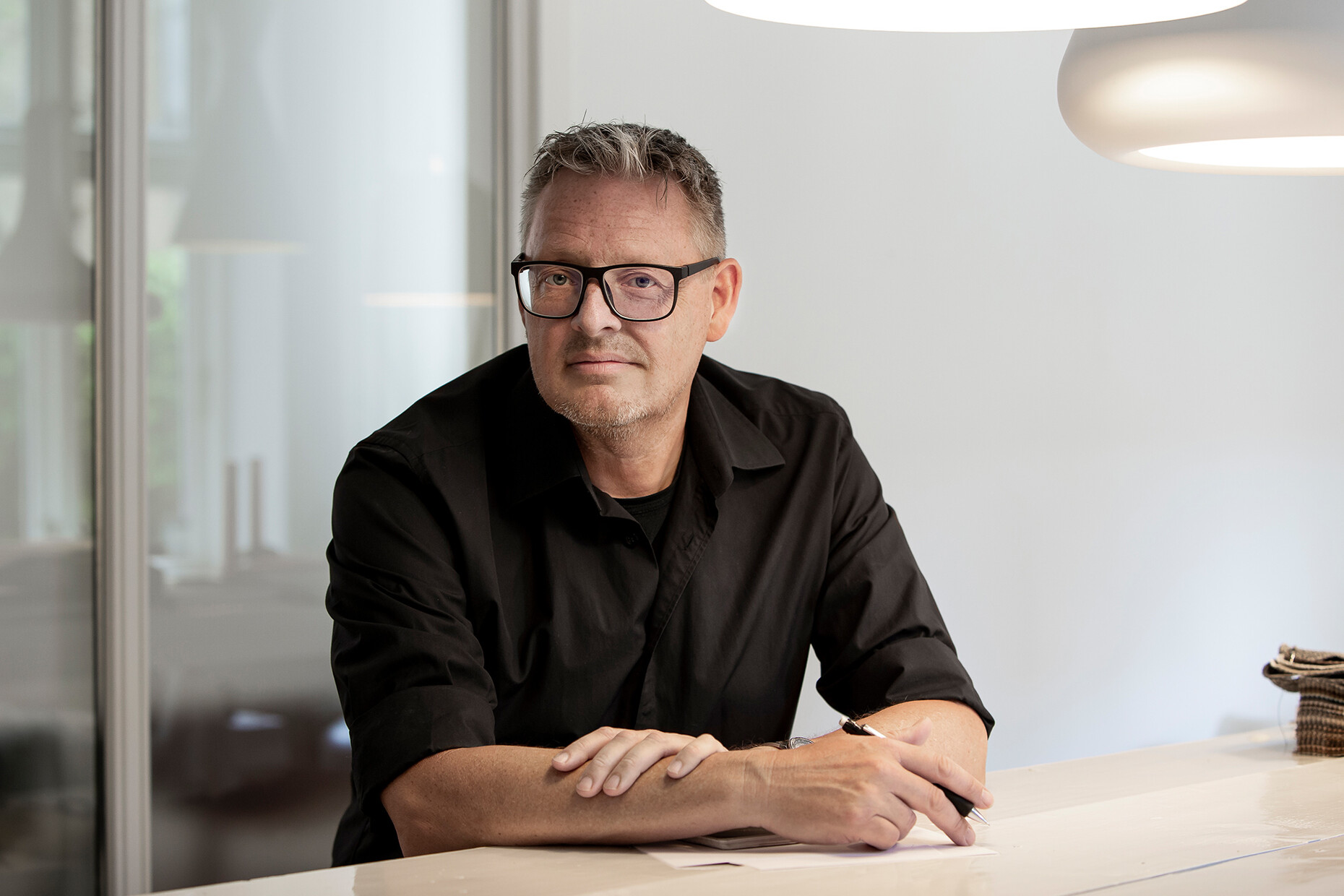Teak with talent
Gloster’s company history begins in the year 1960 when the Dane Paul Wallevik teamed up with business partners and furniture manufacturers to set up a furniture factory in West Africa. Production was initially aimed at the local market, but the leap into Europe followed soon afterwards. Within just ten years, the company had become the biggest furniture producer in Africa, supplying components and finished items of furniture to numerous renowned interior brands. The next stage was a shift to the wonder material that is teak (since its properties as an extremely long-lasting and weather-resistant wood were recognized at the time) and hence a relocation of production in 1970 to Indonesia, where the wood has been cultivated on plantations since the 19th century. Having its own sustainable timber production and knowing where exactly the wood had been grown had both always been important for the manufacturer. In 1981, the company launched its Gloster brand in Bristol in the UK. From then on it used teak to produce traditional garden benches that would soon be supplied to customers worldwide. Gloster has been synonymous with high-end outdoor furniture since the 1980s. Alongside wooden furniture, the company has also been expanding its expertise, meanwhile, in the production of textile, aluminum and stainless-steel components for outdoor furniture.
Preserving this heritage and continually reinvigorating it by ensuring a contemporary design idiom was given center stage is the objective the Gloster Group’s managing director Svend Loevbjerg has set for the company. He has been managing Gloster, with its locations in the USA, Germany, the UK and Indonesia, since 2014, but it was in his home town of Arhus that he found the right designer to shape the brand to be more attractive to a design-oriented clientele in the person of Henrik Pedersen. “I already knew Svend from earlier projects,” explains Pedersen. “And then, around six years ago, he asked me whether I would help him out and I agreed.” The first two years were very hectic, the designer recalls. From a brand that created very high-quality, but somewhat conservative products, there quickly developed something very modern, which sometimes appears so homely that it barely resembles garden furniture at all.
Alongside the new brand image, Henrik Pedersen and his team from 365°Design are also responsible for a large proportion of the new collection, although Loevbjerg has also brought well-known outside product designers on board: Sebastian Herkner, Cecilie Manz, and Mark Gabbertas. So what is it that defines the Gloster brand’s new image under Henrik Pedersen’s artistic direction? “We are combining the DNA and the craftsmanship of Gloster with the design mindset of Henrik Pedersen,” says Svend Loevbjerg. “Since the company was founded by Paul Wallevik 60 years ago, Gloster has always had a touch of a Danish, modern influence, even though we act as a global brand.” One look at the collection confirms this: The tone is set by beautifully soft teak surfaces combined with high-quality, weather-resistant cushions and powder-coated tubular aluminum as, for example, in Sebastian Herkner’s “Dune” range of upholstered furniture. At the Salone del Mobile this April, the company presented “Fern” – an armchair by the Offenbach-based designer with an extra-high backrest. The chair is made from textile cord wound around a frame that envelops the body. The quilted cushions are surprisingly soft for an outdoor armchair. Henrik Pedersen also made his own contribution in Milan with “Lima”, a modular corner sofa with woven backrest.
The examples are proof not only of the desire to establish a new, self-assured design identity, after some years of remaining perhaps somewhat traditional, but also of the artisanal potential of Gloster – which draws on more than 650 permanent employees on the island of Java. In fact, the craftsmanship begins as early as the teak plantation stage. Buddhist monks brought teak to Indonesia more than 700 years ago, but cultivation in plantations only began under the Dutch colonizers. These days, Gloster knows every one of its trees, since each was planted by one of the company’s own plantation workers. The trees are only felled after 50 years at the earliest. Then the wood is dried and carefully sorted before it is further processed, although this is not the only thing that enables the furniture to endure so many long summers. The craftsmanship that goes into each individual piece is also what makes the seats, chairs, sofas, loungers, tables and accessories from Gloster objects that will give lasting pleasure.
The furniture is space-consuming and is therefore better suited to large patios than cozy balconies. Is that also part of its identity? “With our brand we are developing a dream that is reflected in specific places and homes. Our target image is unique architectural homes and outdoor spaces with character and a natural setting,” explains Svend Loevbjerg. “They don’t need to be big houses – it’s more about personality and feeling. Many of Gloster’s lounge concepts are constructed in modular fashion, which makes them suitable for more compact outdoor spaces too.”
Danish identity, Indonesian craftsmanship and international demand – Gloster is a globalized brand that has convincingly reoriented itself within just a few years. And the development continues: “Our main focus right now is on tapping into the contract market more effectively and finding a corresponding balance in our collection for this”, says Henrik Pedersen. The managing director and the designer find the best way to achieve this balance is with a direct exchange: Pedersen can reach Svend Loevbjerg’s house on foot, and this has been very convenient every now and again when he has spontaneously decided to coordinate details. Only the craftsmen in the factory are too far away for Pedersen to see regularly, since the journey time there and back alone amounts to a week. Fortunately, he can rely on the longstanding expertise of the Gloster employees on the island of Java.



















